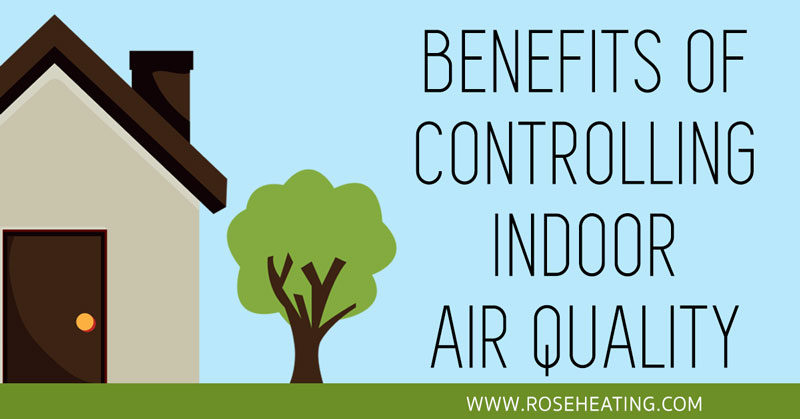Have you ever heard of Sick Building Syndrome?
This diagnosis is usually reserved for workplace environments or public spaces where mysterious physical ailments are common. SBS-style outbreaks can be identified by multiple reports of respiratory disorders, low-level infections, mysterious headaches and vague feelings of fatigue and malaise.
Homes aren’t diagnosed with SBS. However, when you or your family members experience similar symptoms the cause is likely traceable to the same source—indoor air contamination.
Sources of Indoor Air Pollution
Here’s something you can count on. Poor indoor air quality will affect your health, and sooner than you think.
In fact it may be happening already—chronic illness, frequent allergy attacks, haphazard itching spells, listlessness and a lack of energy; any or all of these could be explained by excessive exposure to indoor air pollution.
Most of us work or reside in environments that contain identifiable sources of indoor pollution. Or we are close enough to outdoor sources of pollution that indoor contamination becomes inevitable.
Here is just a partial list of the types of indoor air contaminants we might inhale or air-bathe in on a daily basis:
- Chemical traces from cleaning products.
- Ozone accumulation from certain types of mechanical activity.
- Mold or fungus spores growing inside poorly maintained HVAC systems.
- Dust storms kicked up on nearby farms.
- Allergen invasions from downwind pollen fields.
- Auto fumes or smoke leaking in from passing roadways.
- Unseen dust bunnies that pop out from beneath un-swept beds.
The Role of Poor Ventilation
Lousy or seasonally-limited ventilation will only make things worse. Depending on the architectural design of your house or apartment the air may have trouble circulating, even if you have windows or doors that you keep open at least part of the time. The situation may be even worse in your workplace, where too many people may be crammed into small, utilitarian spaces with very limited access to windows.
Green building techniques have much to recommend them, from an energy-efficiency standpoint. But that doesn’t mean they are automatically beneficial to your health. For example, high-quality insulation installations may tighten things up and keep energy loss down, but they can also seal you in and make it difficult for indoor-outdoor air circulation to occur.
Solutions that Work
HVAC systems are designed to filter out indoor pollution. However, they will have a hard time doing it if they themselves are contaminated with dust or microbial spores.
The best way to avoid this problem is to schedule semiannual check-ups and cleanings with a local HVAC service provider. On your own you should change the filters in your HVAC system every other month (using only filters with MERV ratings of 11 or better, which are designed to remove most minute particles).
Finally, you might want to consider adding an ultraviolet lamp to your HVAC equipment collection; these handy devices are ruthless exterminators of bacteria, mold and fungus.
If you have ventilation problems ceiling fans and whole-house fans can help get the air in your home moving, making it harder for tiny contaminants to put down roots. New windows and wall or ceiling vents are always nice, and remodeling projects may change the way air circulates through your home quite dramatically.
All of this advice applies to commercial buildings as well as to homes. Another popular option in commercial settings are indoor air quality monitors, which let building managers know when indoor pollution is present and can help them pinpoint exact sources.
For more great HVAC-related insights and strategies please follow us here.

